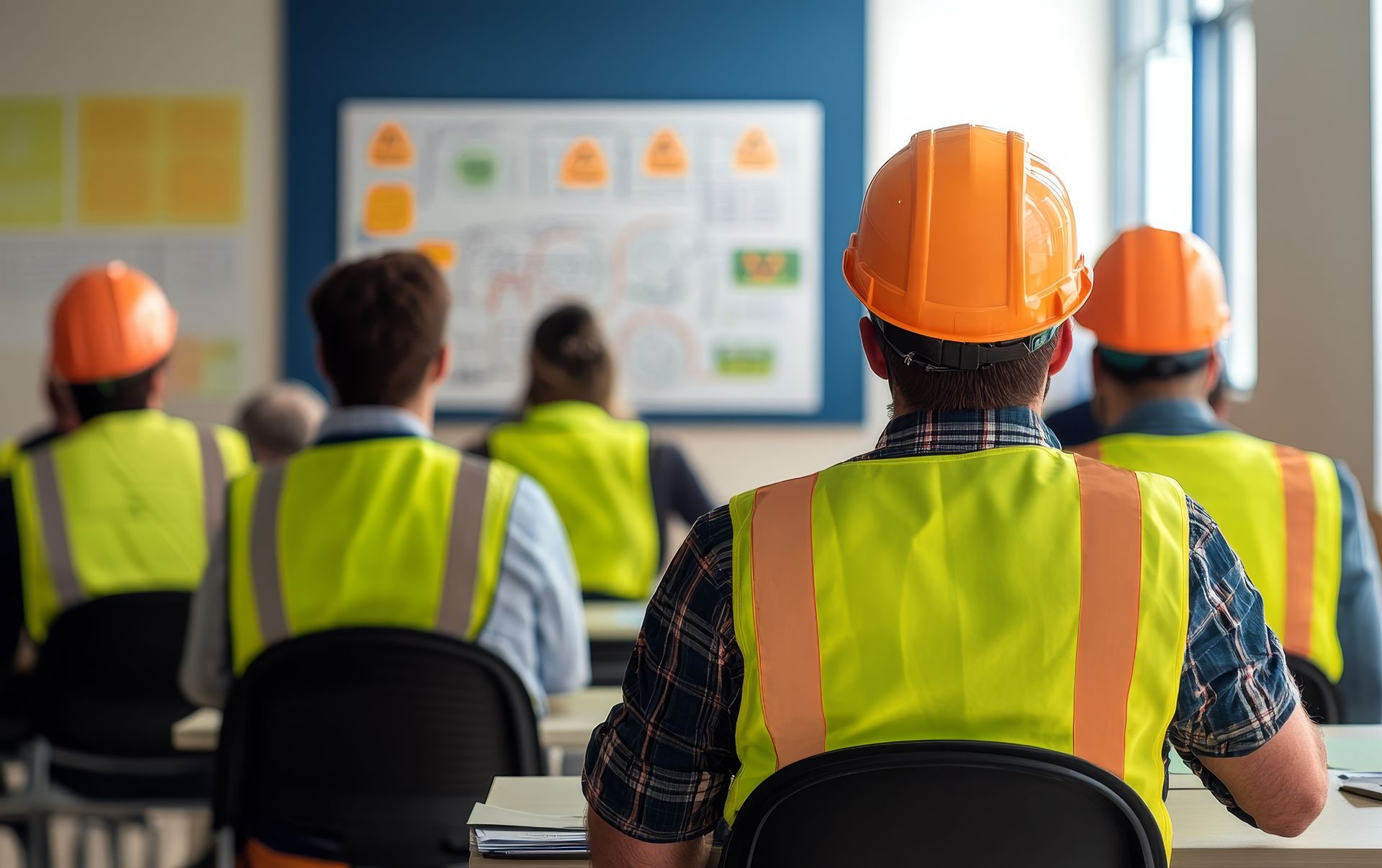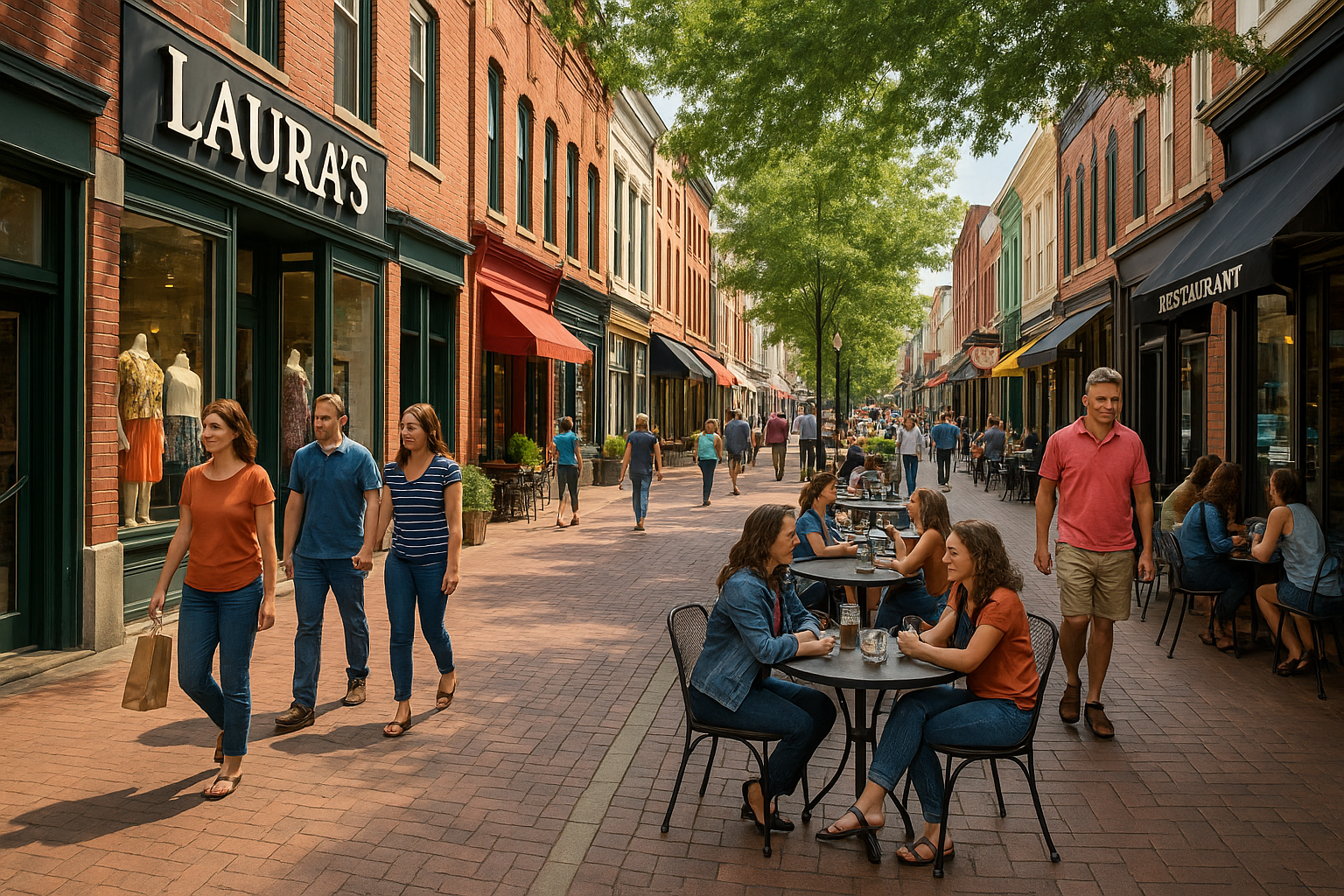Finding Your Community Identity for Economic Development
By Elizabeth Carter
When communities set out to compete in economic development, the focus often starts with product:
- What sites are available?
- Are there move-in-ready buildings on the market?
- How strong is the utility infrastructure?
- What kind of access do we have to highways, interstates, ports, or rail?
These are foundational questions, but the answers rarely serve as differentiators from one community to the next. In a landscape where many locations offer similar sites and incentives, a strong community identity can be the key advantage.
Defining identity starts with asking the right questions:
- Who are we?
- What are we known for, or what do we want to be known for?
- What industries already thrive here, and why?
- What unique strengths does our workforce offer?
The Workforce is often where the answers take shape. It’s defined less by number and more by skillsets, adaptability, training pipelines, and career pathways. Are your schools and training centers aligned with target industries? Can your workforce support sectors like advanced manufacturing, ag tech, or clean energy? Clearly articulating who your workforce is and how they contribute to a company’s success can serve as a major differentiator and one that’s increasingly central to site selection decisions.

Answering these questions can also help guide what product you need to be competitive. Is your workforce and infrastructure better suited to large-scale manufacturing, or to smaller, specialized users? Do zoning and infrastructure support your target industries? Knowing who you are and what you are well suited for brings the focus to projects that align with your strengths rather than pursuing opportunities that may be a poor fit.
Going beyond land and workforce, you start thinking of your school systems and training pipeline, housing options, cultural assets, downtowns, quality of life, and sense of place. These elements may not lead your pitch, but they can differentiate you and ultimately sell decision-makers on your long-term viability.
Equally important is recognizing limitations. No community can be all things to all people, and understanding your challenges and gaps—whether that’s in infrastructure, housing, or workforce—builds credibility and informs where to invest and improve.
A well-defined community identity provides the foundation for intentional growth. It helps communities focus their efforts, communicate with purpose, and align around opportunities that are both realistic and high-impact. When leaders and stakeholders share a clear understanding of what makes their community competitive and where it wants to go, economic development becomes more strategic, coordinated, and effective.



